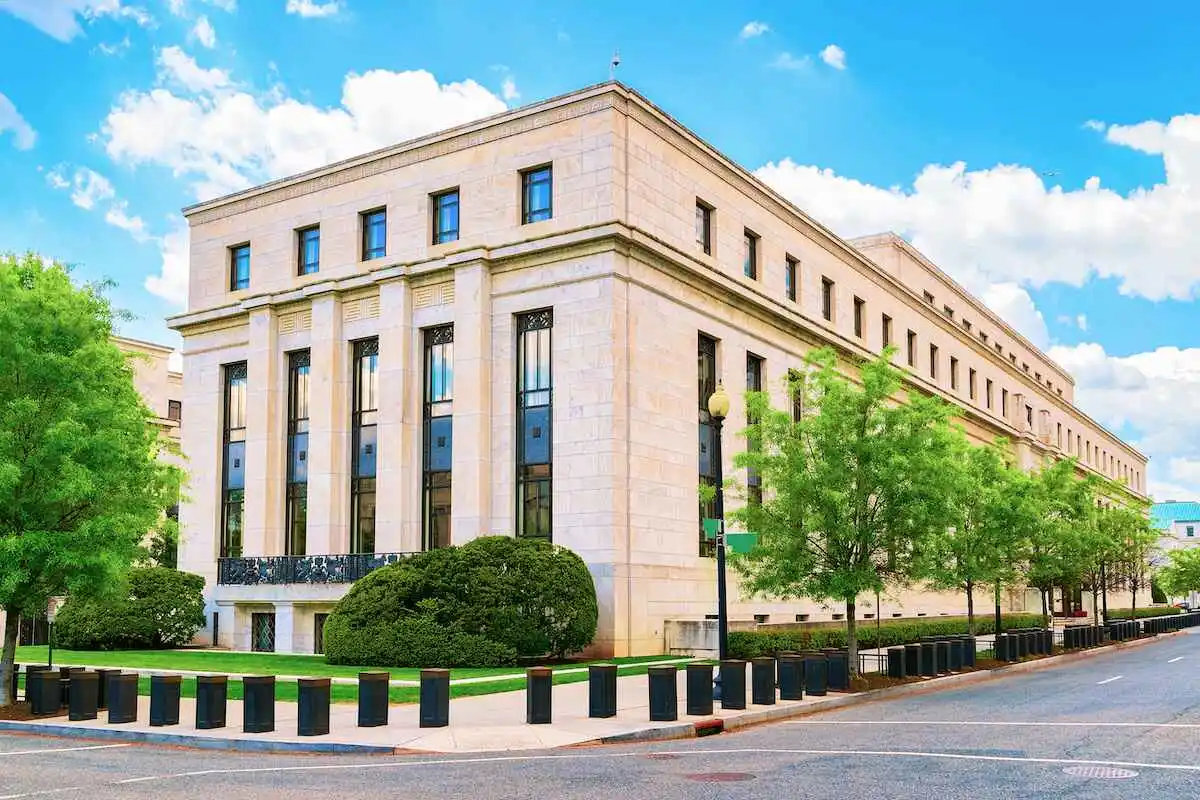I am in the camp that the labor market is more important than inflation for the Fed, so Let’s focus on this statement: “The labor market is solid. It’s not booming. It’s not falling.”
I feel like the character from the movie “The Notebook” when he asks his love interest, “What do you want?” Residential construction workers are at risk of facing job losses for the first time in this recovery yet the Fed often takes a hawkish stance in its statements at key points, which tends to drive mortgage rates higher. Now, it seems like the Fed is suggesting that we might need more rate cuts.
Last year, when mortgage rates approached 7.5%, we saw our first negative jobs report for the residential real estate sector since the recovery began. As you can see below, this is a front-line sector at risk of a labor recession. Mortgage rates then went back to 6% which took this concern away, but rates are back above 7% again.
I recently wrote that 2025 could be a wildcard for the Fed and the economy as we observe the completed units by builders are piling up, and housing starts and permits are already at recession levels.
On Twitter today, the Minneapolis Fed tweeted out a quote from one of their recent articles: “9th District apartment construction is expected to slow down soon as number of construction permits sought by developers fall. Twin Cities has seen the worst decline while some cities in Greater MN, MT, and SD fare better.”
As we can see from everything above, some Fed members are getting the “Hello, Mcfly!” message.
As I write this article, the 10-year yield stands at 4.62%, down from a recent high of 4.81% earlier this week on Tuesday. My forecast for this year is the 10-year yield will range between 4.70% and 3.80%, with mortgage rates expected to fall between 7.25% and 5.75%. Therefore, it’s unsurprising that the Federal Reserve is attempting to calm the markets, since mortgage rates have risen rapidly. However, their own policies and phrasing contribute to these significant swings in the market.
Regarding the labor market, let’s keep it straightforward: private payroll growth is slowing, and manufacturing employment experienced job losses in 2024. If residential workers also lose their jobs, it will be necessary for government jobs to grow increasingly faster in 2025 to offset these losses. However, we know that this is unlikely to happen.
So, expect mortgage rates to fall if we see weakness in residential workers to add to the softness we already experienced in manufacturing labor. Already today mortgage rates fell because I believe the Fed is signaling their concern about the residential labor market

